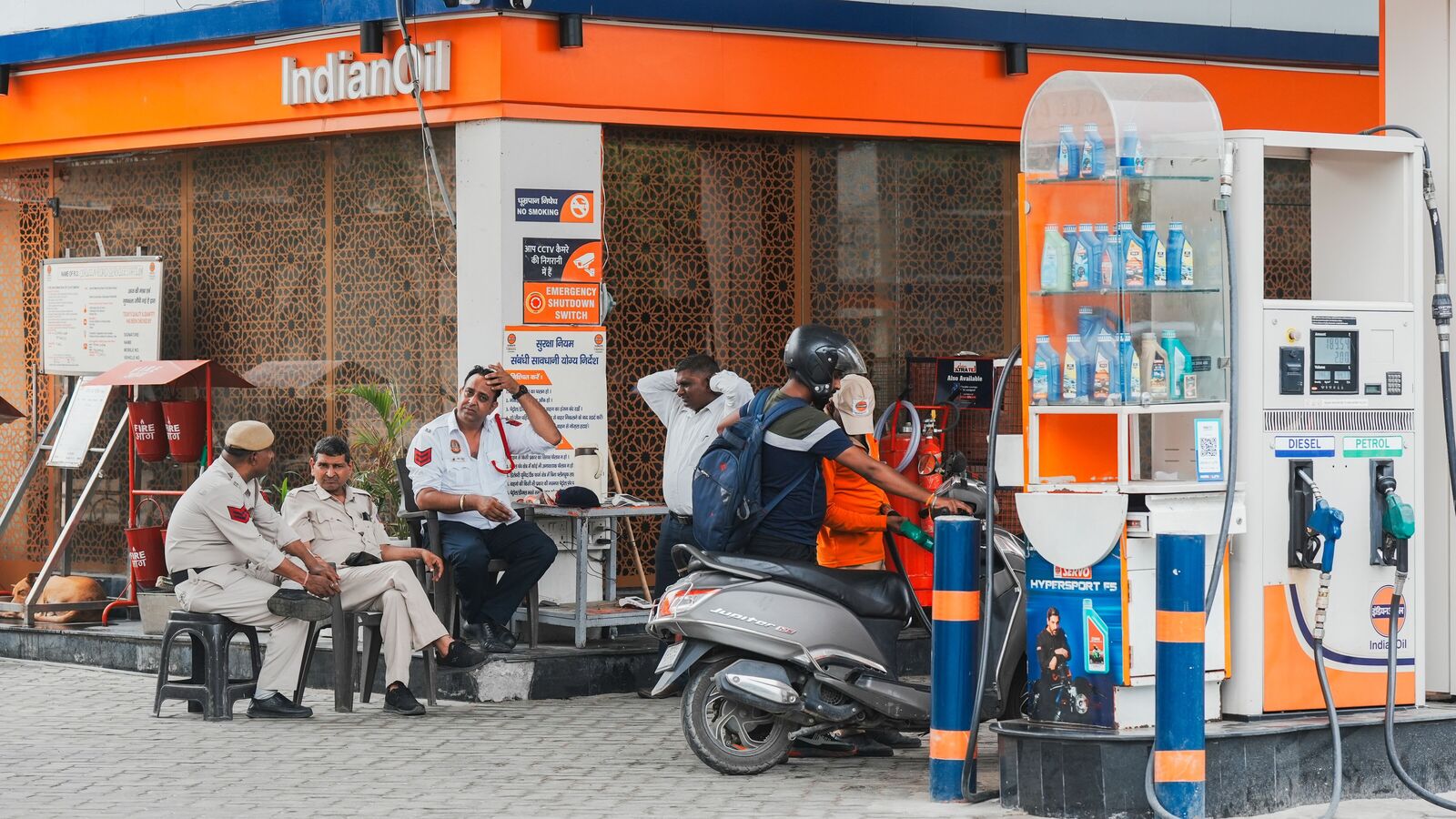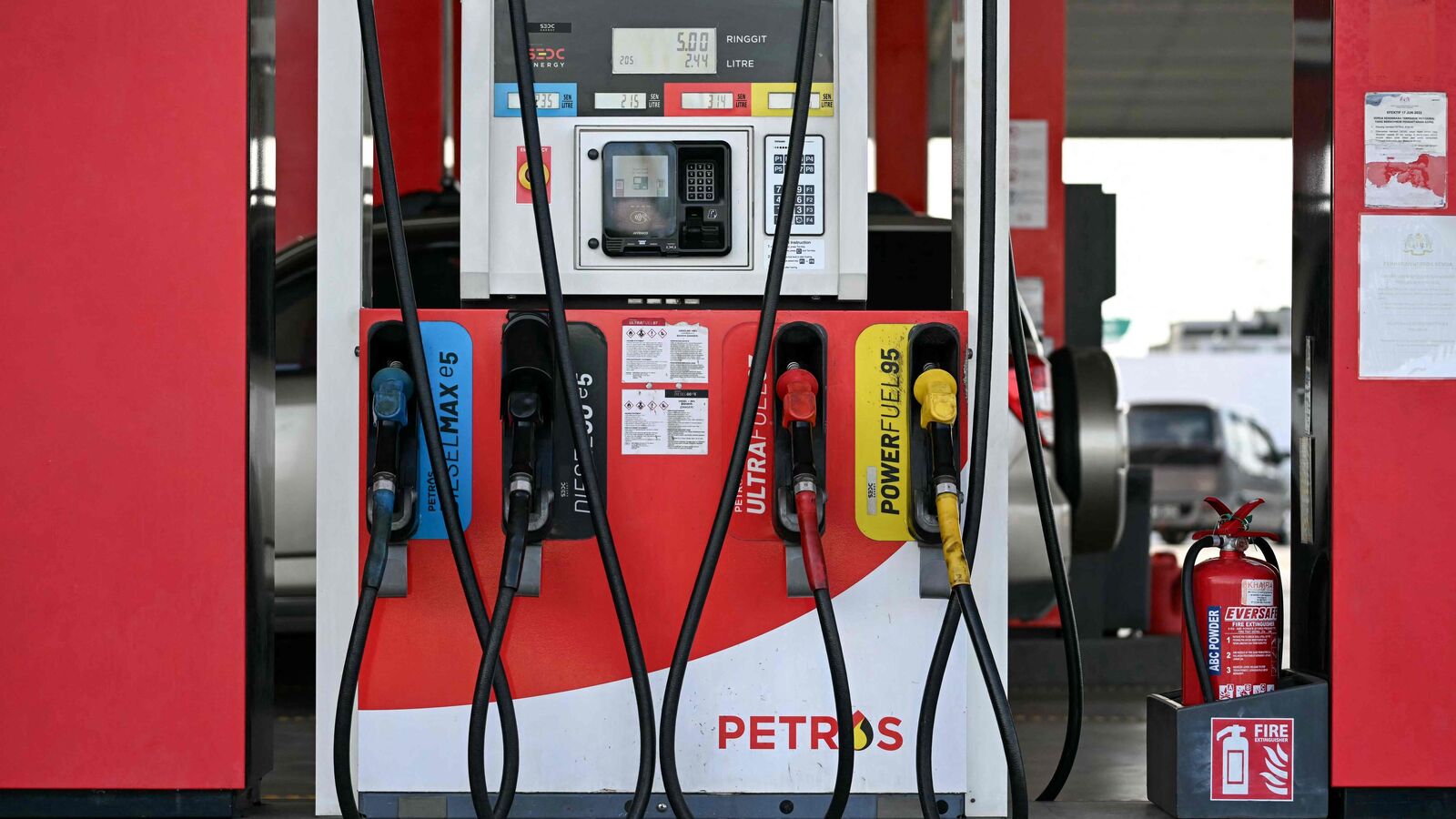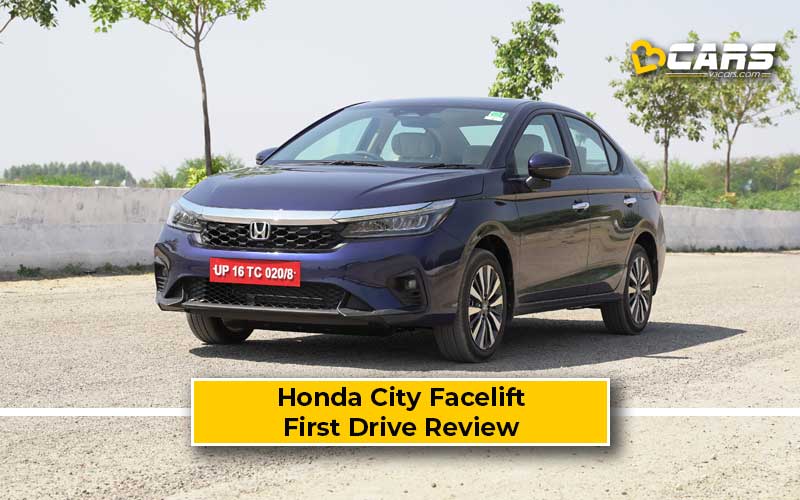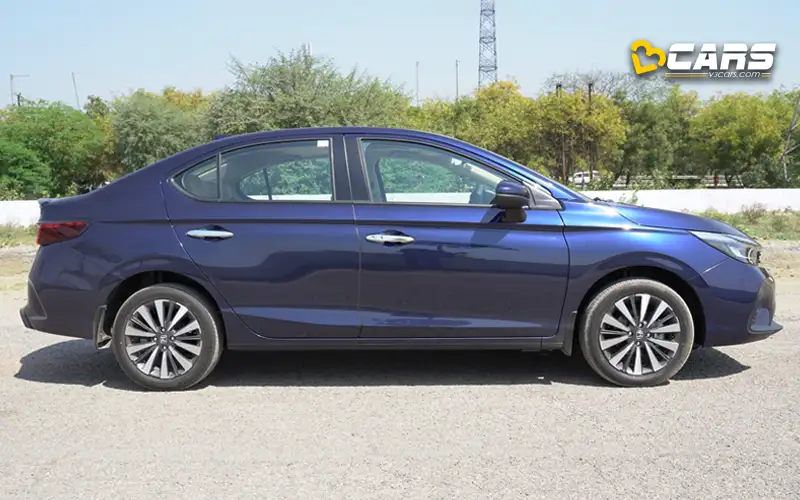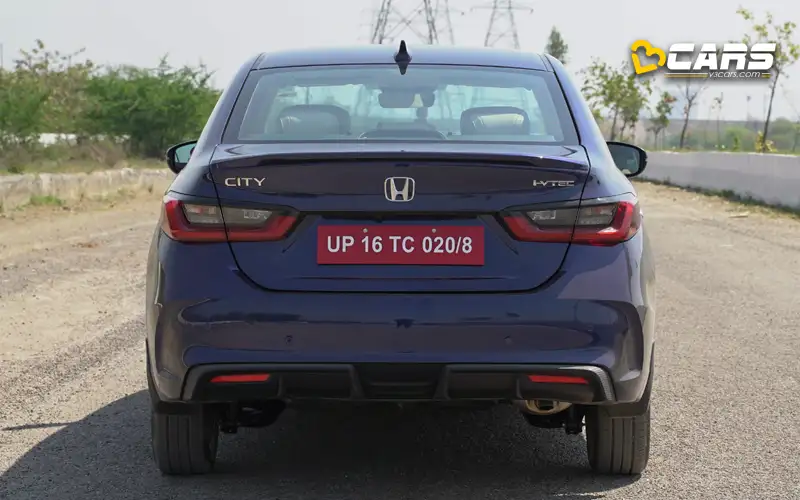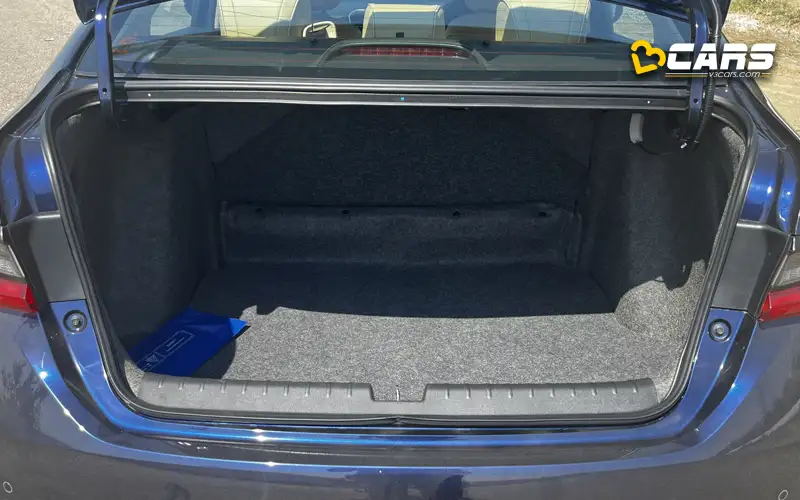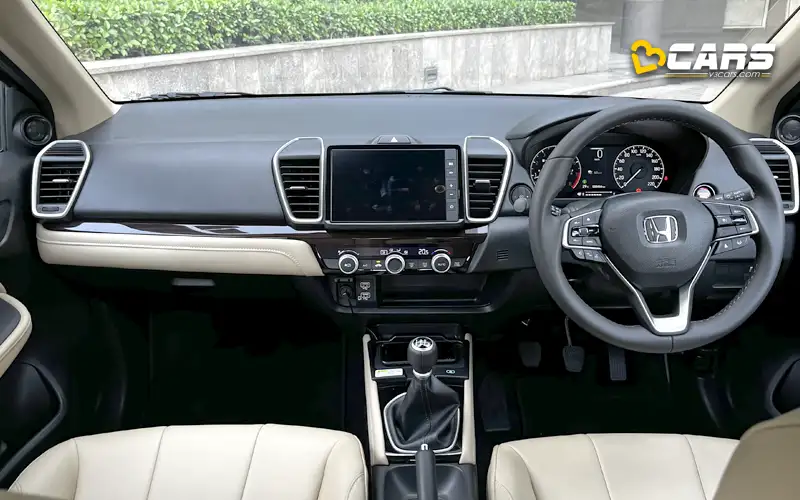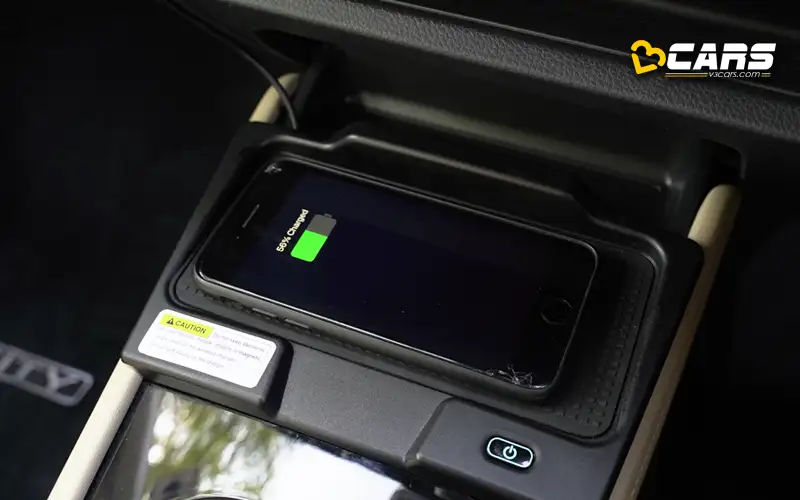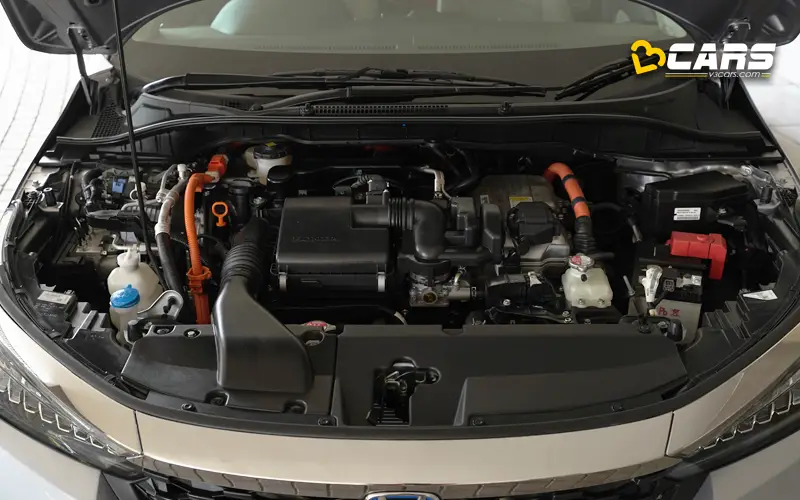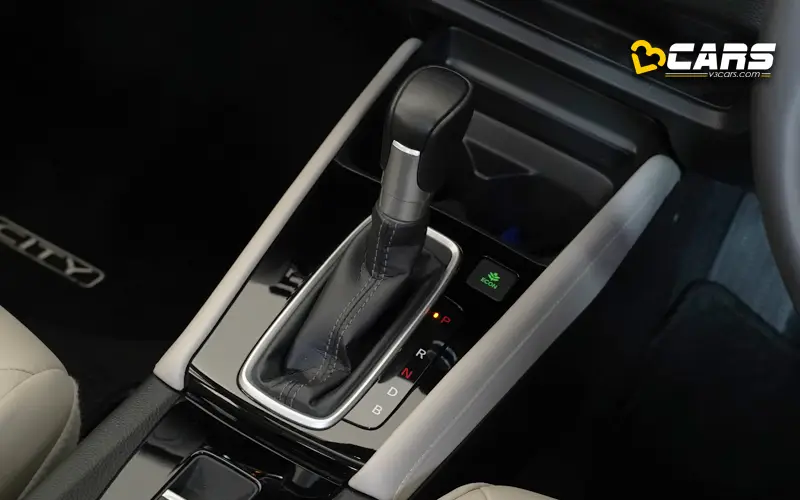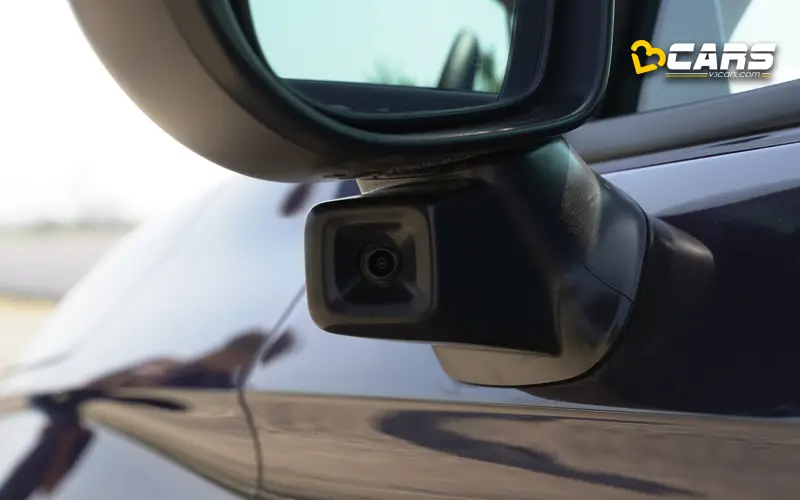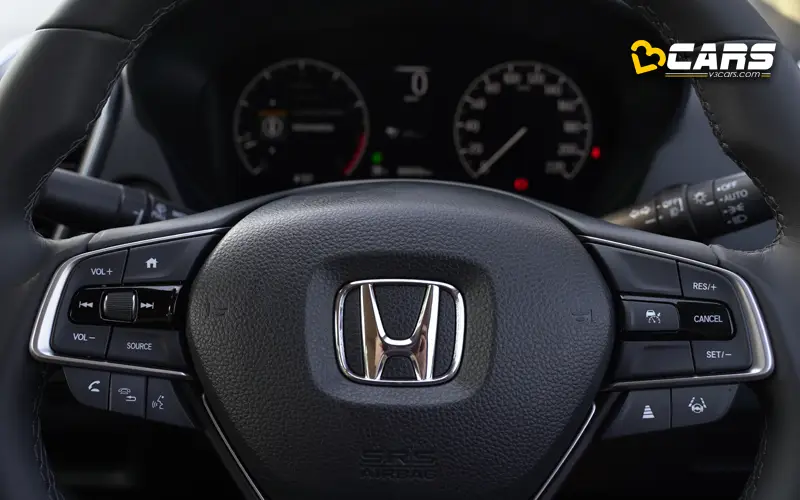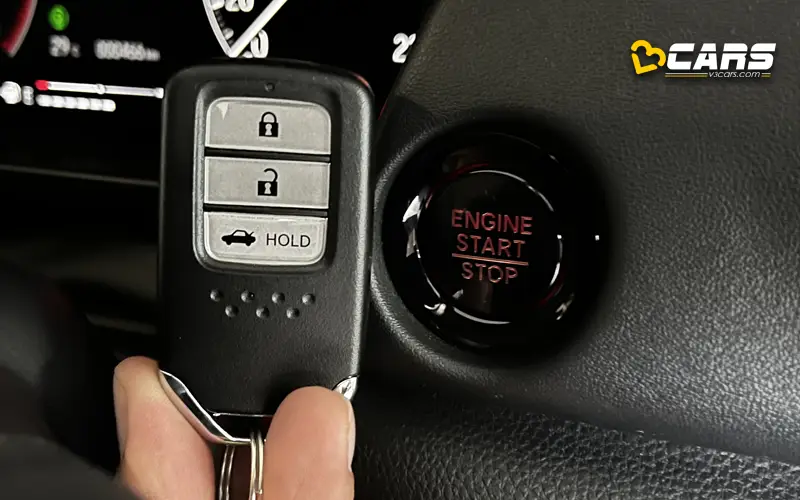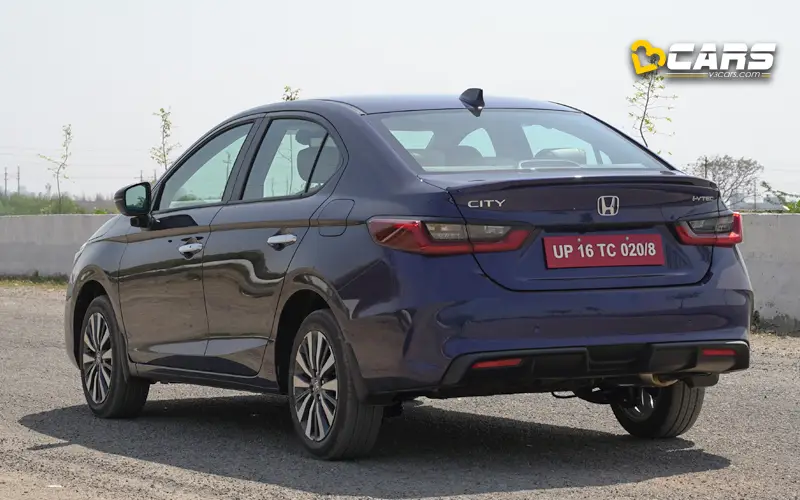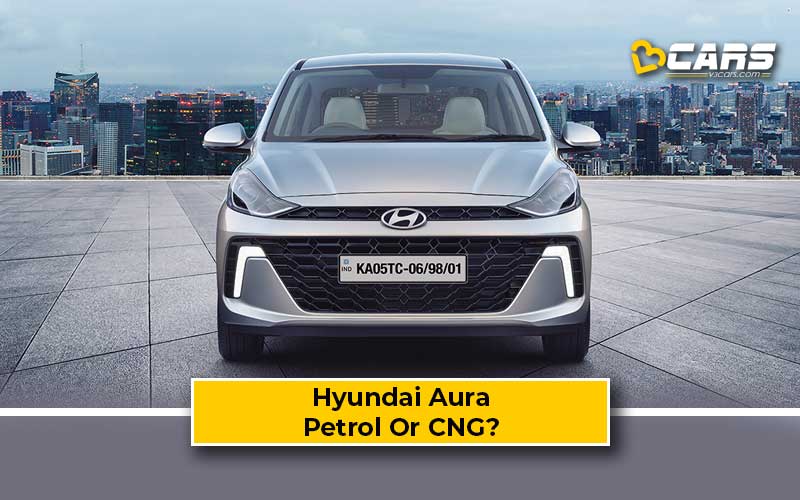As we have already reported, automobile engineers working with various major vehicle manufacturers have already accepted that the E20 fuel will cause fuel efficiency fall between two to five percent on the basis of vehicles. He has also admitted that various components of vehicles are at risk of damage, but it will be in long periods, not immediately.
Meanwhile, no vehicle manufacturer has come up with facts or realistic conclusions of the effect of E20. This has further increased the concern of the vehicle owners. Meanwhile, a Bangalore -based vehicle tuning company Hormonixx Tuning has come up with its conclusions, which explains the impact of E20 in a detailed manner.
Since October 2020, the firm has claimed to have a large -scale ethanol mixed fuel testing. According to him, if you are the owner of a car produced after 2015 and it is fuel-injected, there is nothing to worry about. It comes into contradiction with the notion that widely spread that vehicles manufactured after 2023 are unsafe to see damage in their important powertrain components. In addition, no one is paying attention to the fact that E20 is not being sold at fuel stations around us suddenly. The only ruckus is that the government has announced that India has achieved the target of E20 five years before the original time limit of 2030. The reality is that ethanol mixed petrol has been sold across the country for a long time. Ethanol material in motor fuel is gradually increased.
Petrol sold in India before 2021 was jointly jointly to help identify other adatives such as injector cleaner, octane booster, dye with fuel, detergent, etc., while the Central Government's proposal to mix ethanol in petrol was started in September 2002, once started after Ethi Alcohol. The first ethanol mixture recorded in India was with power 99, with E07-E08 (seven to eight percent ethanol mixture) and XP95 at the end of 2022, which was E05 in April 2023.
Now, except for history and timelines, let's come to the advantages and disadvantages of ethanol mixed petrol.
Ethanol mixed petrol: What's good about it?
While the government is lobbying for ethanol combination and cited several reasons including low import bills, low dependence on crude oil and low cost of fuel, let's focus only on technical aspects, not economic.
There may not be regular fuel for ethanol vehicles, as we know in India so far, but it has some advantages that are mixed in petrol. Ethanol has much more research octane number (RON) rating compared to petrol. Due to additional ron, ethanol has high knock resistance than regular petrol. It also helps in reducing the emissions of the charge temperature, carbon monoxide (CO) and hydrocarbon (HC). It helps reduce soot formation, which is a deep black powder or flawed substance with large -scale unaccredited carbon, which is produced by incomplete burns of organic materials.
Ethanol mixed petrol: What about it?
It is not that ethanol has only advantages, but using mixed petrol with it also comes with lots of disadvantages. Ethanol has a very low energy density than regular petrol. This means, you need to burn about 33 percent more fuel to achieve the same power, which is why you are seeing a decline in your vehicle's fuel efficiency. Using E10 fuel and in terms of E20, this fuel economy may fall between three to four percent, it can be between six to eight percent depending on several factors.
In older vehicles, materials used for most non-fuel-injected, rubber hoses, gaskets, seals, etc., may not be as durable as later due to the use of E20. In such cases, vehicle owners must choose the option of replacement of those parts. However, with the aging of the vehicle, replacement of different parts is common anyway, as they become brittle over time. It is without cares or whether pure petrol is used or fuel is mixed.
Another major disadvantage of ethanol is its hygroscopic nature, which means it can absorb moisture or water. If the ethanol-mixed fuel comes in contact with water, the ethanol completely mixes with water. If the water enters the engine, piston can compress ethanol but cannot compress the water. In this way there may be a hydrock. However, hydrolrocking is extremely rare.
Ethanol can cause trouble when starting the engine in a very cold climate. However, this can happen when the engine is being run on high ethanol mixtures, such as more than E50. In most parts of India, such a temperature is not common. In addition, India has just reached 20 percent fuel combination threshold.
E20 Petrol: Which engines can run safely on it?
Almost all naturally aspirated petrol engine (Post -2018).
If you are the owner of a car that is more than 2015, it is already a decade old, meaning that you should do preventive maintenance anyway. These include injector replacement, fuel filters and fuel pump changes, as well as the place of hoses, gaskets and seals, which will wear naturally over time. The tuning firm claims that almost all naturally aspirated petrol engines built after 2015 can run safely on E20 fuel.
Just make sure that you maintain maintenance by the vehicle manufacturer. Also, practice preventive maintenance if necessary. Some of preventive maintenance include changing engine oil every 4,000 km when using mineral oil. In case of synthetic oil, replace oil every 7,500–8,000 km. Also, change spark plugs after every 15,000–20,000 km every 15,000–20,000 km.
E20 Petrol: Should you be worried?
The tuning firm claims that if the car is manufactured after 2015 and it is fuel-injected, there is nothing to worry. The ECU of the vehicle is smart sufficient to adjust fuel trims accordingly, and will maintain the air -complex ratio (AFR), it has been programmed for the target.
Social media propagation is just – publicity. The affects are telling you the negative aspects of E20 and ethanol, possibly there is no technical knowledge about the internal combustion engine (Ice). Using E20, your engine cannot die. The only real negative side is a decline in fuel efficiency.
Get insight into state -of -the -art technology changing upcoming cars, electric vehicles, bikes in India and automotive landscape.
First published date: 25 August 2025, 13:55 pm IST



